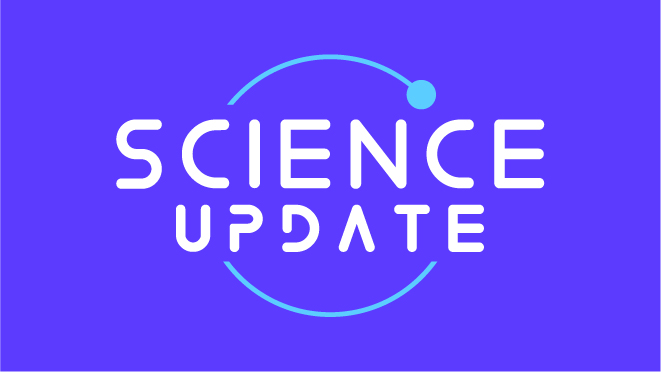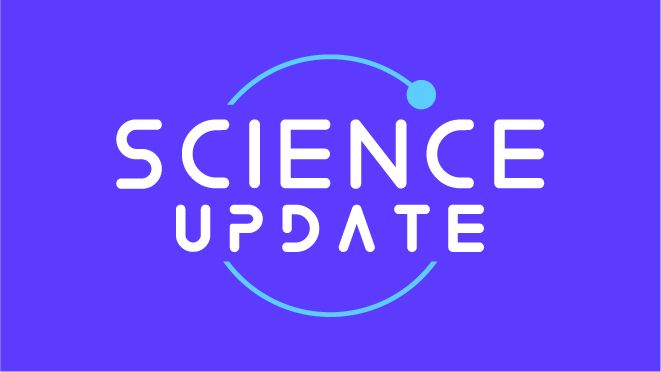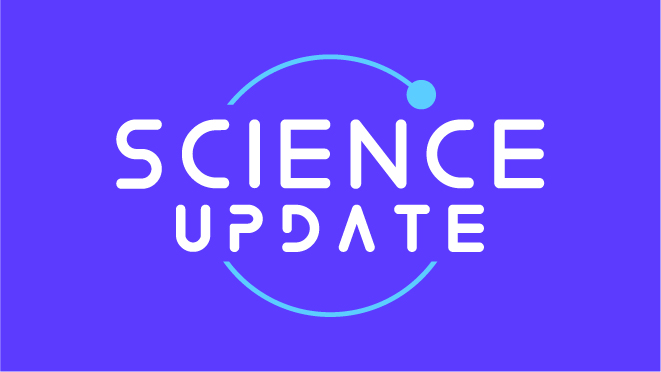Archive: Science Update: Exploring the Applications of Low Earth Orbit Observations, May 8, 2025






The Joint Polar Satellite System (JPSS) is a joint mission between NOAA and NASA that observes Earth and provides critical data for weather forecasting in addition to many other climate change, agriculture, aviation, and disaster monitoring applications. Observations from Low Earth Orbit (LEO) satellites like JPSS provide scientists with daily information about how Earth’s dynamic systems constantly evolve. This presentation will explore the applications of LEO data, highlight the JPSS satellites currently in orbit, and describe how NOAA and NASA plan to continue these critical observations in the future.
As we prepare students to be responsible citizens and join the workforce, they must understand climate science principles. Incorporating environmental data and imagery in the classroom can help students learn how satellites keep us informed about Earth’s processes, the weather, and long-term weather monitoring while using sense-making and 3D learning techniques to investigate foundational STEM tools like understanding maps and graphs. The program will conclude with a brief overview of how to tie this data to existing hands-on activities developed by NOAA.
All individuals receive a certificate of participation and 100 NSTA activity points for attending the live seminar and completing the end-of-program survey. A certificate of participation is not awarded for watching the recorded version of the program.
We invite you to register for upcoming web seminars at NSTA.
Community Reviews
You may also like...
NSTA Press produces classroom-ready activities, hands-on approaches to inquiry, relevant professional development, the latest scientific education news and research, assessment and standards-based instruction.



